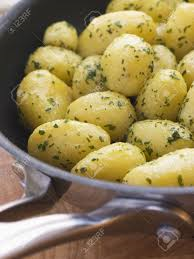New Field No.23 Professional Potting Blend has arrived!
Here we are again at the start of another growing season, and how quickly it’s come around! We’ve been really busy at Field Compost ltd making preparations for the year ahead and getting our retail outlets stocked up for the spring. We’re particularly excited about our new Field No.23 Professional Potting Blend that will be available in our new branded 40L handy bags from the 1st March 2017 onwards.
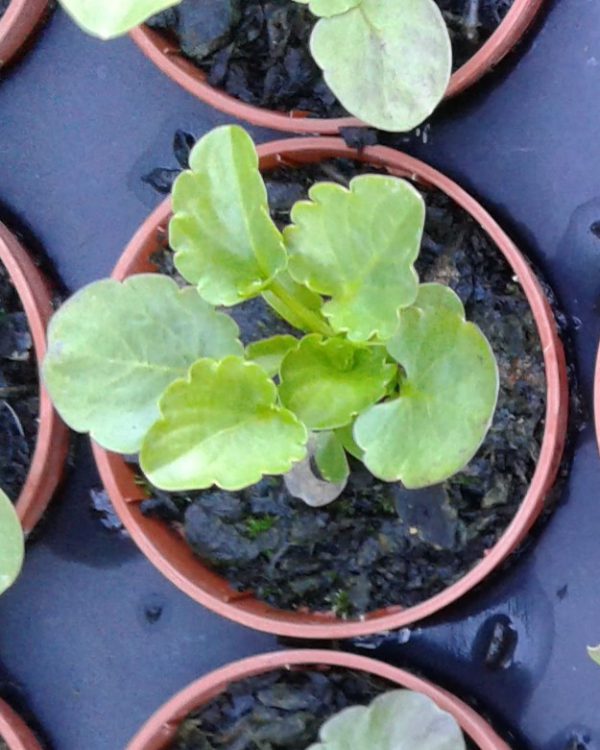
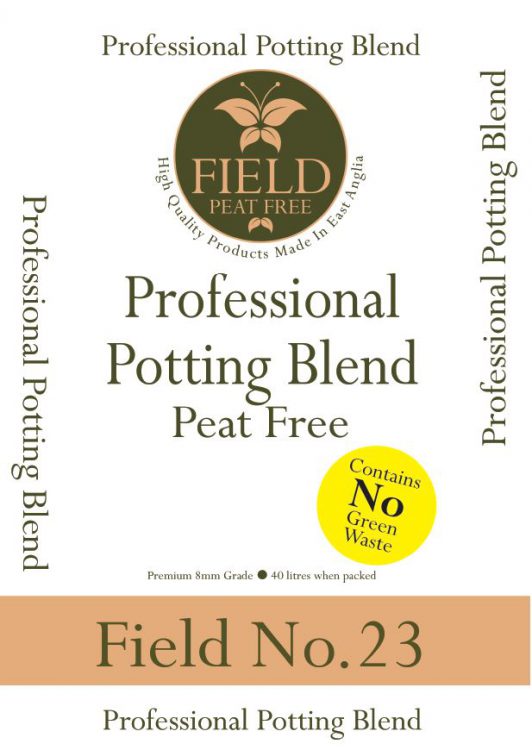
Field No.23 is an updated peat free multipurpose potting compost that contains no composted green waste. Properly composted green waste to a recognised standard such as BSI PAS100 (2011) can provide numerous benefits when blended in growing media products, such as a natural supply of nutrients and beneficial microbes that can help suppress plant diseases. However there are also a number of drawbacks to using composted green waste in growing media as it can raise the pH to a less optimal level for effective nutrient supply and it often contains higher levels of sulphide and chloride that can inhibit growth in young plants.
Field No.23 is manufactured from a mix of composted bark fines and humic matter containing loam recovered from heathland restoration projects. These substrates are carefully blended with fertiliser to provide optimal conditions for growing a wide range of plants.
Although Field No.23 won’t be available in our retail outlets for a few weeks yet, Field Compost are currently supplying a free 25L bag of Field No.23 with every bulk bag ordered via the Field Compost Ltd website!
Grow Your Own Spuds in 2017, it’s Easy!
Last year I had some great success at home in growing a few potatoes for the kitchen; Maris Piper main crops to be precise and boy were they tasty! Growing your own spuds is easy and now is the time of year to get started.
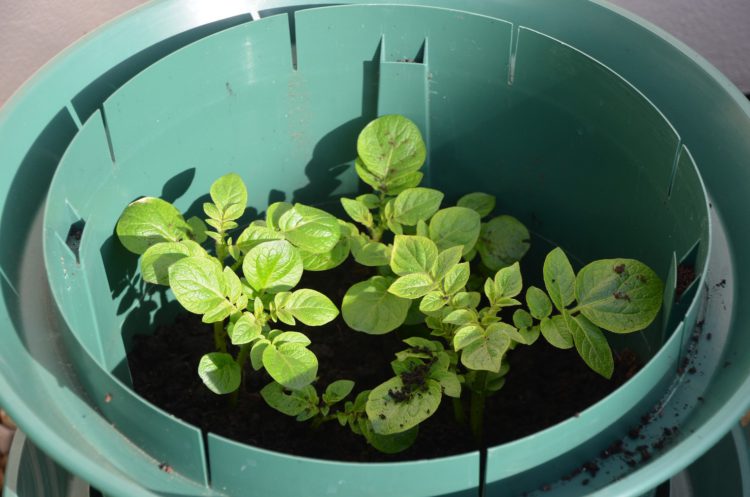
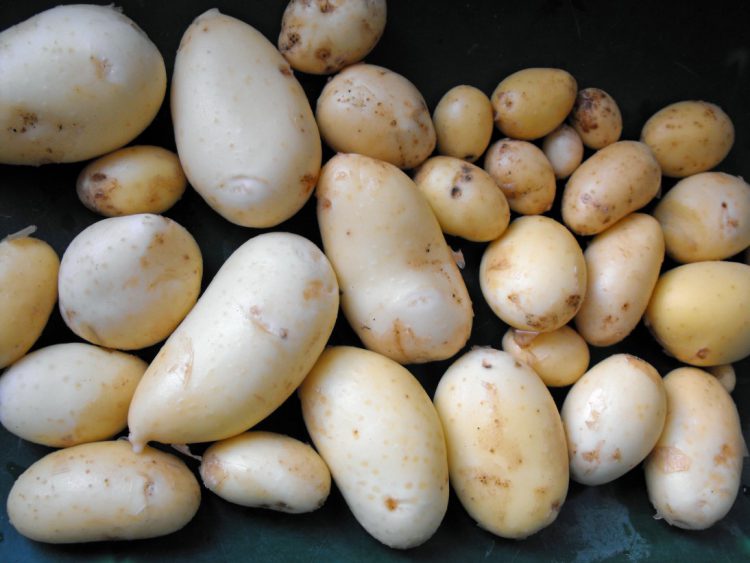 I would recommend growing in containers as it means you can get started a bit earlier and it makes “earthing up” that much easier. There are a number of varieties available but I found these moulded plastic ones particularly good as they stack really nicely.
I would recommend growing in containers as it means you can get started a bit earlier and it makes “earthing up” that much easier. There are a number of varieties available but I found these moulded plastic ones particularly good as they stack really nicely.
You will find that all good garden centres will have a good range of seed potatoes in stock at the moment. There are numerous varieties to choose from and they will be classified as either “first earlies”, “second earlies” or “maincrops” dependent on the time of year that they are ready to harvest. For growing in pots you won’t need many, the plastic pots I have featured above only require 4 or 5 seed potatoes each.
It’s vital with “earlies” and a good idea with “maincrops” to chit the seed potatoes first before planting; this means allowing them to start sprouting shoots. Stand them rose end up (the rose end is the one with the most small dents in the skin, or ‘eyes’) in egg boxes or similar in a light, frost-free place. The potatoes are ready to plant when the shoots are about 3cm (1in) long.
Once your potatoes are “chitted” they are ready for planting. Firstly add some broken clay pot “crocks” or broken polystyrene to the bottom of the pot for drainage. Next you will need some Field No.3 multipurpose potting compost , we recommend Field No.3 as it contains a high level of potash, a nutrient that is essential for the healthy development of potato tubers. Layer about 150mm (6″) of Field No.3 over the drainage material and plant the chitted seed potatoes so they are only just covered with compost. As the plants start to emerge keep adding more compost leaving the top of the stems clear and repeat the process until the pot is full. Place the pots in a sunny site and keep covered at night until the risk of frost has past, make sure you water regularly. Lastly make sure you’ve got plenty of butter in the fridge!
